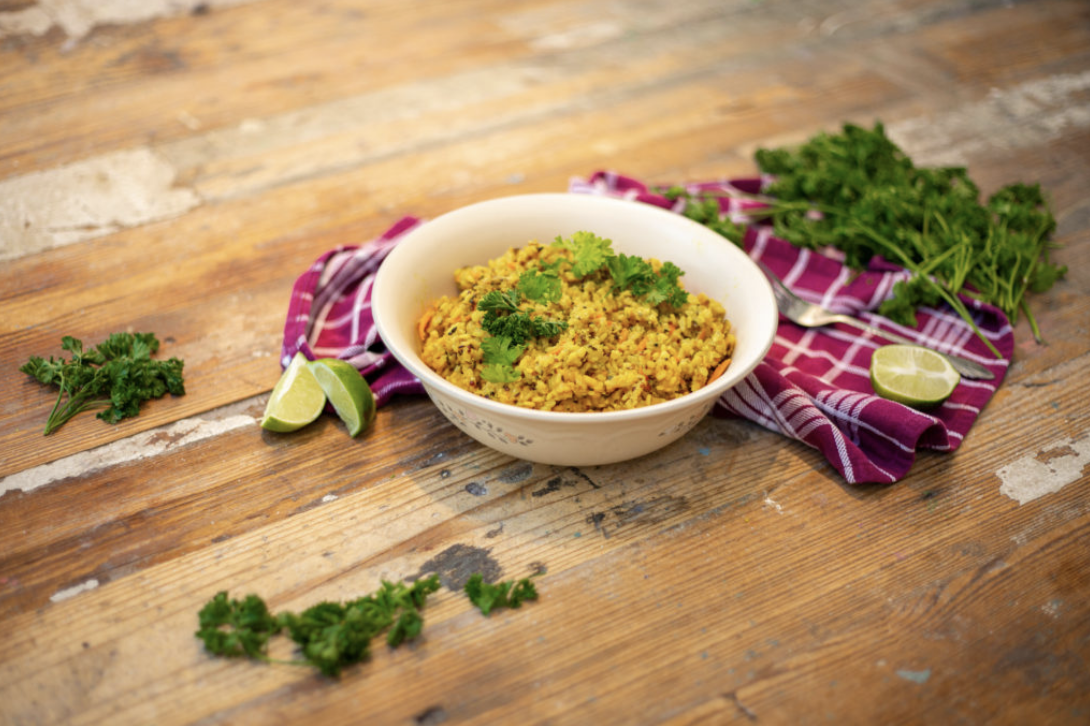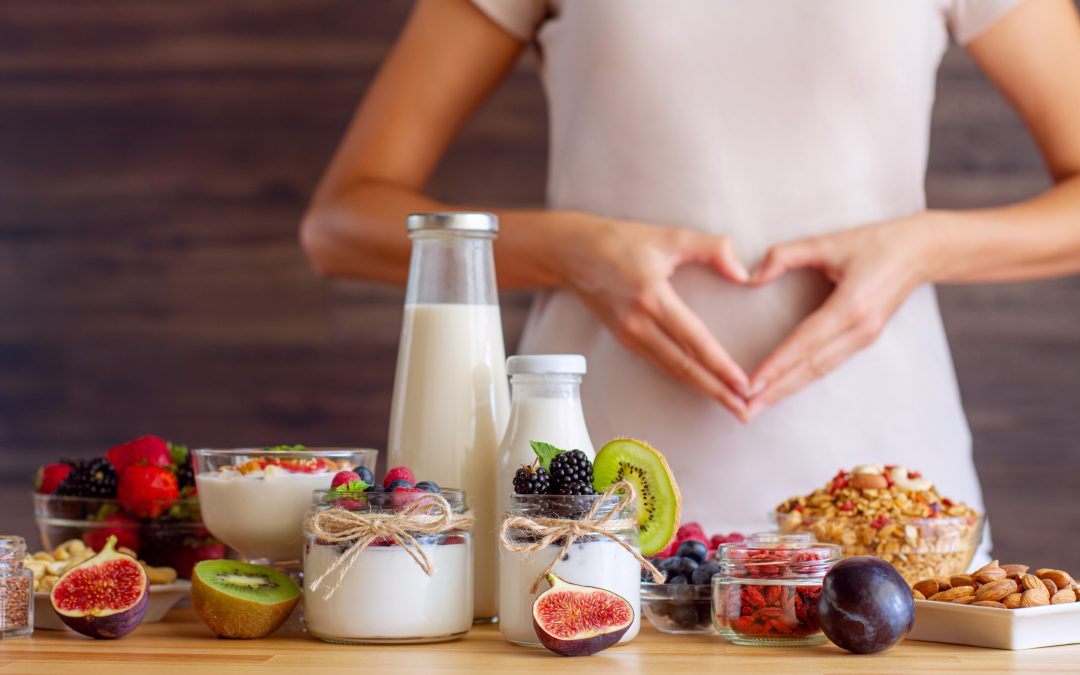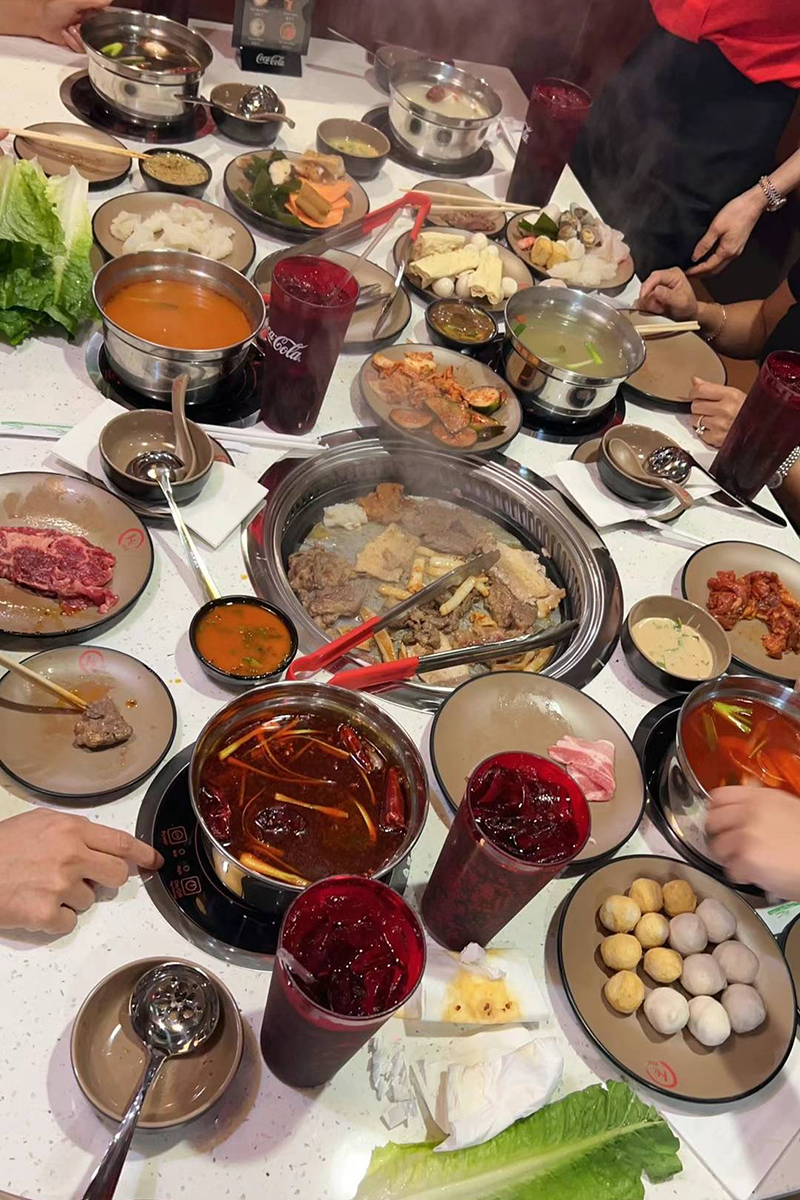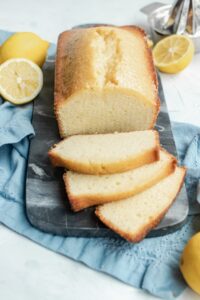Kitchari is a traditional Ayurvedic dish which has been relied upon for centuries to calm, cleanse, heal, and nourish the digestive system, and revitalize and restore the body. Fall, like spring, is a traditional season for detoxification and dietary cleanses.
Doing a cleanse at this time acts as a reset button for the body, preparing it for the winter season ahead, no matter what climate you call home. It is also beneficial for after breaking a fast, if you’ve been ill, or feeling a little under the weather.
It tastes wonderful for breakfast as well. It is a very forgiving dish, and is open to additions, subtractions, and substitutions to make it uniquely your own.
Kitchari
- 1/2 cup white basmati rice
- 1/2 cup Moong Dal
- 1 cups finely chopped cauliflower
- 1 cup sliced zucchini
- 1 tbsp clarified butter (ghee)
- 2 tsp cumin seeds
- 1 tsp turmeric powder
- 1 tsp coriander powder
- 1/8 tsp hing (found on Amazon or substitute it for 1/4 cup finely chopped white onion and 1 minced garlic clove)
- 1 1/4 tsp salt
- 1tsp finely grated ginger
- 3 1/2 cups water
For serving:
- 2 tbsp hot clarified butter (ghee)
Wash and soak rice and moong dal in 3 cups of water for at least 15 minutes. Drain the water and set aside.
- In a large frying pan heat the ghee with the lid on. When the butter is moderately hot, add cumin seeds, hing (if substituted, 1/4 cup onion and garlic). Allow to cook for 1-2 minutes. Add turmeric, coriander and all other ingredients (plus 1/2 cup of water) and stir.
- Close the lid, reduce heat to a simmer and cook for 7 minutes.
- Turn off heat and wait until steam has stopped before opening cooker.
- Kitchari should be soft and a little runny like dough. Add boiling water to adjust the desired consistency.
- Pour ghee over kitchari before serving.




















